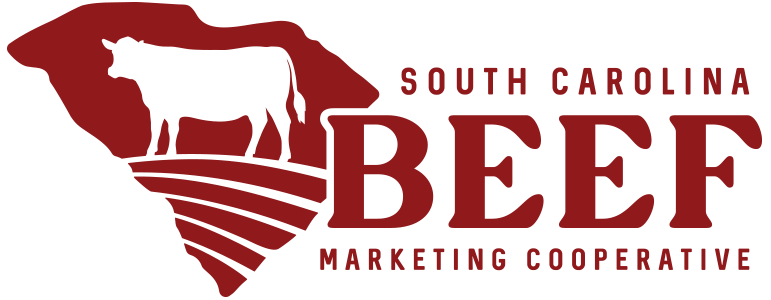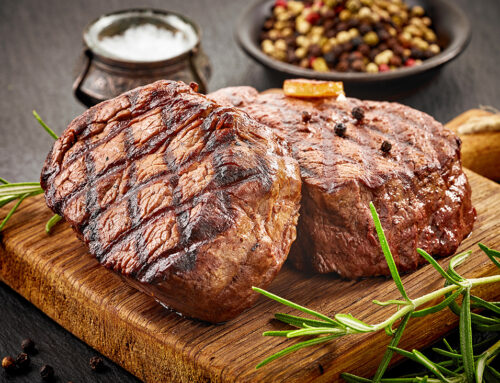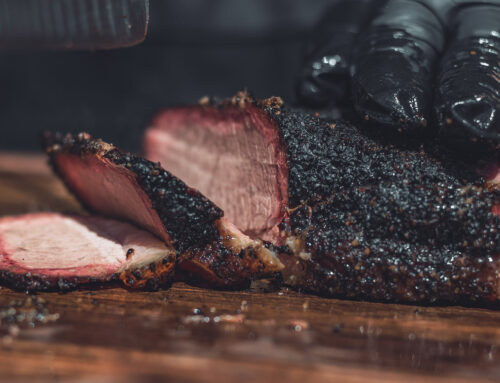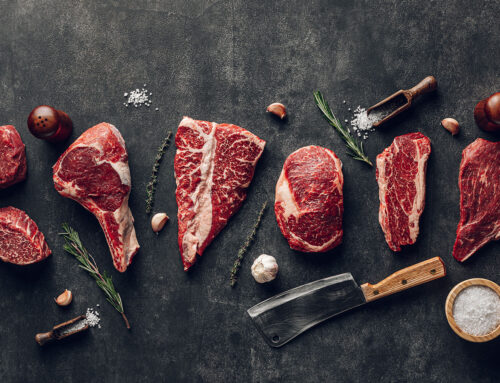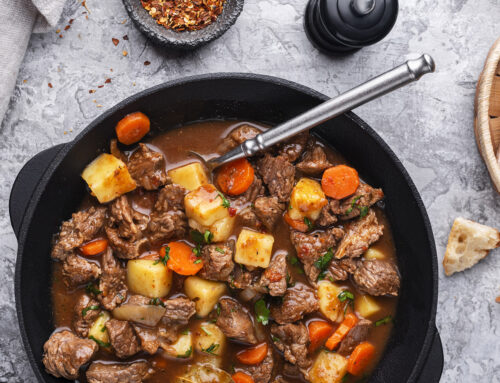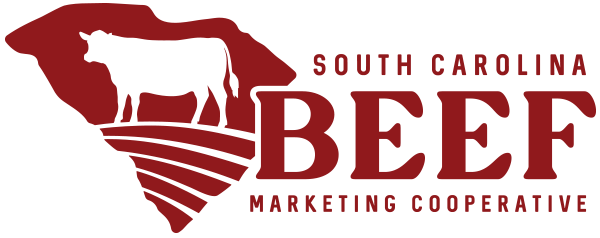A brief dive into the debate of which South Carolina steak is better
South Carolina is known the world over as a destination for food, culture and hospitality — many would say the quality of the steak found from corner to corner of The Palmetto State is an illustration of those humanistic qualities.
Two of the most popular types of South Carolina steaks are the T-bone steak and the porterhouse steak. Both of these steaks are cuts of beef from the short loin, and they both have a bone in the middle. However, there are some key differences between T-bone steaks and porterhouse steaks.
The main difference between T-bone steaks and porterhouse steaks is the size of the tenderloin.
The tenderloin is the most tender cut of beef, and it is located on the inner side of the short loin. In a T-bone steak, the tenderloin is relatively small, while in a porterhouse steak, the tenderloin is much larger. This is because a porterhouse steak is cut from the rear end of the short loin, where the tenderloin is larger.
Another difference between T-bone steaks and porterhouse steaks is the amount of marbling. Marbling is the fat that is distributed throughout the meat, and it is what gives beef its flavor and tenderness. T-bone steaks have a moderate amount of marbling, while porterhouse steaks have a high amount of marbling. This is because the tenderloin is a very fatty cut of meat.
The final difference between T-bone steaks and porterhouse steaks is the price. Porterhouse steaks are typically more expensive than T-bone steaks. This is because porterhouse steaks have a larger tenderloin and more marbling.

A brief dive into the debate of which South Carolina steak is better
So, which steak is better? It depends on your preferences. If you like a steak with a lot of flavor and tenderness, then a porterhouse steak is the way to go. However, if you are on a budget, then a T-bone steak is a good option.
Here are some common assumptions about T-bone and porterhouse steaks:
Assumption: T-bone steaks and porterhouse steaks are the same thing.
Fact: T-bone steaks and porterhouse steaks are similar, but they are not the same. The main difference is the size of the tenderloin. In a T-bone steak, the tenderloin is relatively small, while in a porterhouse steak, the tenderloin is much larger.
Assumption: T-bone steaks and porterhouse steaks are both very expensive.
Fact: T-bone steaks and porterhouse steaks can be expensive, but they don’t have to be. There are a variety of factors that can affect the price of a steak, such as the cut of meat, the marbling, and the size.
Assumption: T-bone steaks and porterhouse steaks are difficult to cook.
Fact: T-bone steaks and porterhouse steaks are not difficult to cook, but they do require some care. The most important thing is to cook them to the desired doneness.
Here are some ways to challenge or break common assumptions about T-bone and porterhouse steaks:
Challenge the assumption that T-bone steaks and porterhouse steaks are the same thing. Break the assumption that T-bone steaks and porterhouse steaks are very expensive.
Challenge the assumption that T-bone steaks and porterhouse steaks are difficult to cook. You can do this by practicing cooking these steaks and learning how to cook them to the desired doneness. You can do this!
Here are some novel solutions for cooking T-bone and porterhouse South Carolina steaks:
- Marinate the steaks in a mixture of olive oil, herbs, and spices before cooking. This will help to add flavor to the steaks.
- Sear the steaks on both sides over high heat before cooking them to the desired doneness. This will help to lock in the juices and create a flavorful crust.
- Serve the steaks with a variety of sides, such as mashed potatoes, grilled vegetables, or a salad. This will help to make a complete meal.
If you are looking for a way to support your local community, promote economic development, and eat a healthier diet, then you should buy local beef.
The South Carolina Beef Cooperative is a great resource for finding local beef. The cooperative has a website — the one you are one right now — where you can find a list of member farms and retailers. You can also find recipes, cooking tips, and news about the benefits of eating local beef.
